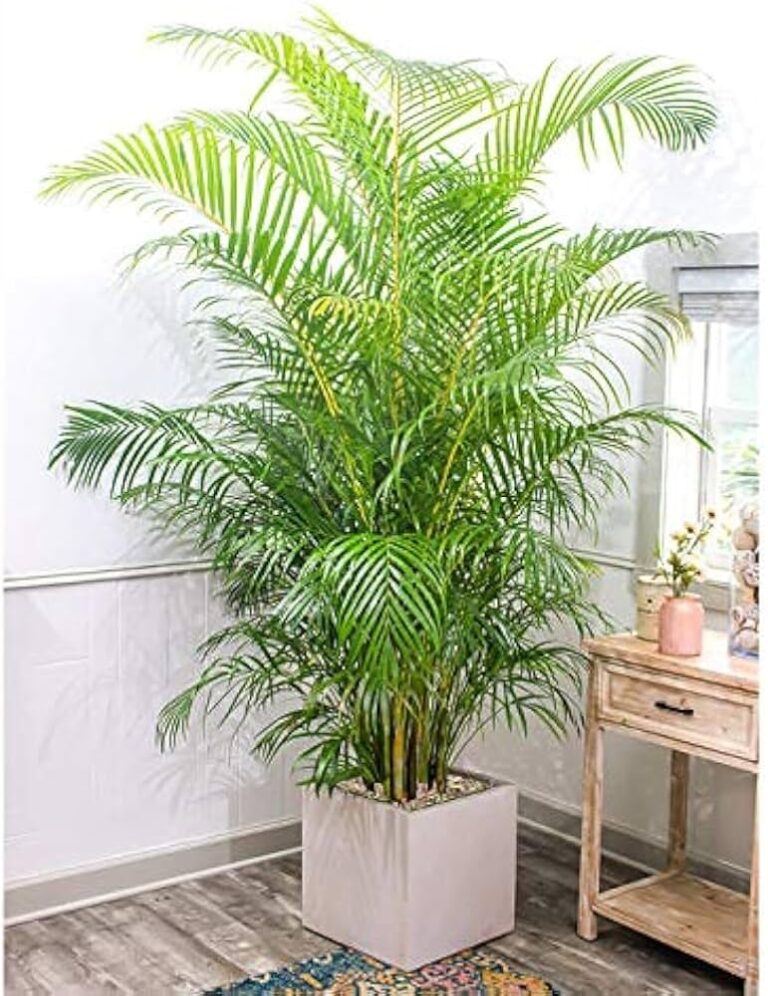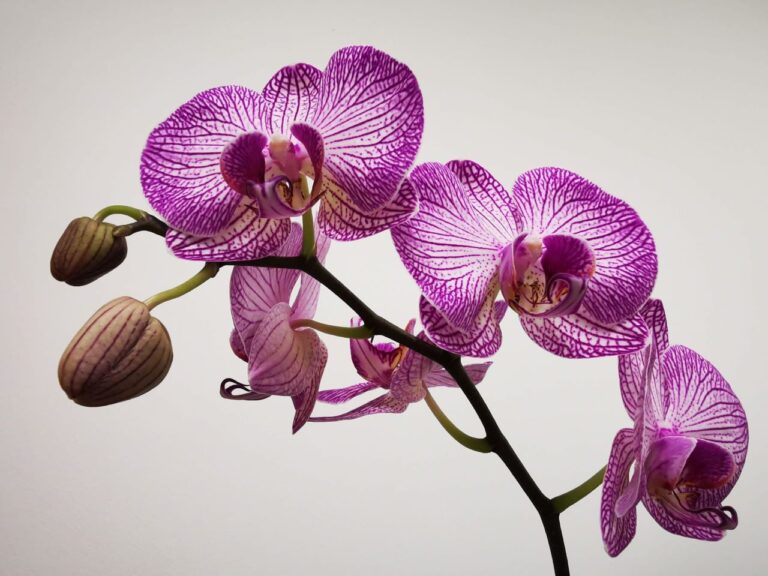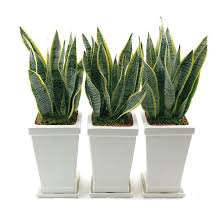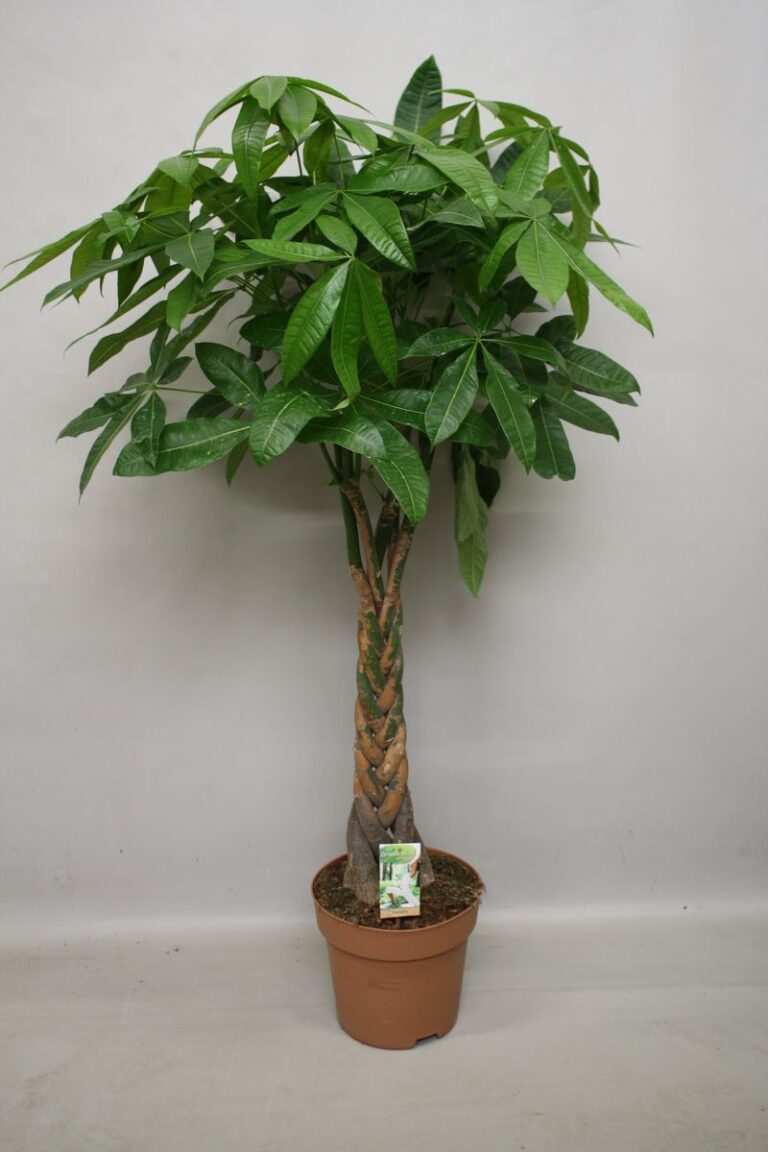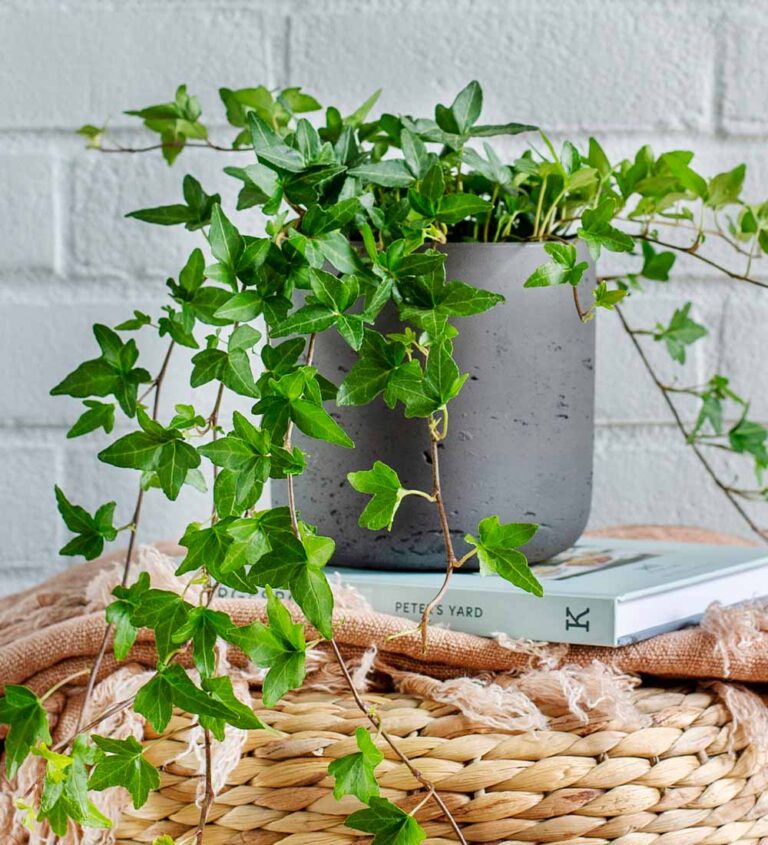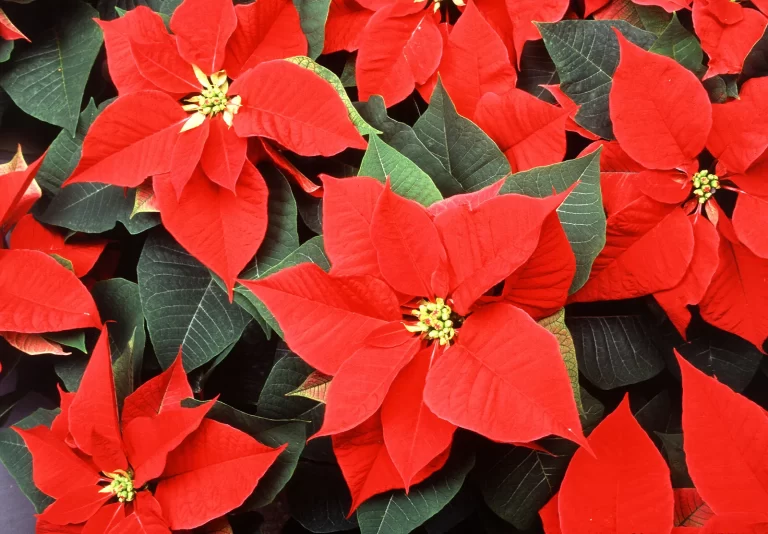Zamioculcas zamiifolia: Care Tips and Growing Guide
Zamioculcas zamiifolia: Care Tips and Growing Guide
Can the ZZ plant really thrive with minimal care? Discover why it’s the perfect choice for beginners!
Hello, plant lovers! Are you looking for a houseplant that thrives on neglect yet brings a lush green vibe to your space? The ZZ plant (Zamioculcas zamiifolia) might just be the perfect match for you. Known for its resilience and striking foliage, this plant has gained popularity among both novice and experienced gardeners. In this guide, we’ll cover everything you need to know about ZZ plant care, from watering schedules to ideal lighting conditions.
Table of Contents
Introduction to the ZZ Plant
Zamioculcas zamiifolia, commonly known as the ZZ plant, is a low-maintenance houseplant loved for its glossy green leaves and ability to thrive in various conditions. Native to Eastern Africa, it has adapted to survive long periods of drought, making it an ideal plant for forgetful or busy individuals. This plant is also known for its air-purifying qualities, removing toxins such as xylene and toluene from the air.

Ideal Light Conditions
One of the key reasons the ZZ plant is so popular is its adaptability to different lighting conditions. While it can survive in low light, it thrives best in bright, indirect light. Avoid placing it in direct sunlight for extended periods, as this can scorch its leaves.
| Light Condition | Effect on Growth |
|---|---|
| Low Light | Slow growth but survives |
| Bright Indirect Light | Best growth condition |
| Direct Sunlight | Can cause leaf burn |
Watering and Soil Needs
Proper watering is essential to keeping your ZZ plant healthy. Overwatering is the most common mistake, as the plant’s rhizomes store water, making it highly drought-tolerant. The best practice is to allow the soil to dry out completely between waterings.
- Water only when the soil is completely dry.
- Use well-draining soil to prevent root rot.
- Avoid letting the plant sit in standing water.
- During winter, reduce watering frequency.
Propagation Methods
Propagating the ZZ plant is relatively simple but requires patience since it grows slowly. The most common propagation methods include stem cuttings, leaf cuttings, and division.
| Method | Steps |
|---|---|
| Stem Cuttings | Cut a healthy stem, let it callous, place in water or soil. |
| Leaf Cuttings | Remove a single leaf, let it dry, then plant in soil. |
| Division | Separate rhizomes and plant each in a new pot. |
Common Problems and Solutions
While ZZ plants are resilient, they can still encounter some common problems. Here are a few issues and their solutions:
- Yellow Leaves: Overwatering is the main cause. Let the soil dry completely.
- Brown Tips: Low humidity or too much direct sunlight. Move to indirect light.
- Drooping Stems: Could be due to lack of light. Relocate to a brighter spot.
- Root Rot: Happens from sitting in wet soil. Use well-draining soil and a pot with drainage holes.
Benefits of Growing a ZZ Plant
ZZ plants are more than just aesthetically pleasing; they offer numerous benefits for both your home and health.
- Improves indoor air quality by filtering out toxins.
- Highly drought-resistant, requiring minimal watering.
- Low maintenance, making it perfect for beginners.
- Tolerates a variety of light conditions, including low light.
- Adds a modern, lush aesthetic to any indoor space.
Frequently Asked Questions
Is the ZZ plant toxic to pets?
Yes, the ZZ plant contains calcium oxalate, which can be toxic to pets if ingested. Keep it out of reach of cats and dogs to prevent any health issues.
How often should I water my ZZ plant?
Water your ZZ plant only when the soil is completely dry. This typically means watering every 2-3 weeks, but frequency may vary based on humidity and temperature.
Can ZZ plants survive in low light?
Yes, ZZ plants can survive in low light conditions, making them perfect for offices and rooms with minimal sunlight. However, they grow best in bright, indirect light.
Why are my ZZ plant’s leaves turning yellow?
Yellow leaves are usually a sign of overwatering. Ensure the soil is completely dry before watering again to prevent root rot.
Does the ZZ plant require fertilizer?
While not necessary, feeding your ZZ plant with a diluted houseplant fertilizer once a month during the growing season (spring and summer) can promote healthier growth.
How do I propagate a ZZ plant?
ZZ plants can be propagated through stem cuttings, leaf cuttings, or division. Each method requires patience, as ZZ plants grow slowly.
Final Thoughts
The ZZ plant is an excellent choice for both beginner and experienced plant owners. Its resilience, low maintenance, and ability to thrive in various conditions make it a favorite for homes and offices alike. Whether you’re looking to add greenery to your space or enjoy the benefits of air purification, this plant won’t disappoint. Try incorporating a ZZ plant into your collection and experience the beauty of this hardy, stylish houseplant!
Have any experiences or questions about growing ZZ plants?


